Urban Farming Examined Part II
“We are in an era when gardens are front and center for hopes and dreams of a better world or just a better neighborhood…”
What if urban farming isn’t just about feeding the hungry? There are many other crops – tangible and intangible – that are cultivated, raised, protected, harvested and shared from the soil of an urban garden or farm. The immediately obvious ones are the foods produced, but there are others such as education in many different directions, from how food is grown to ideals of peace and justice grown from your own backyard soil. Connections are planted, grown and strengthened as well. People get to know each other and can learn to accept other viewpoints and ideologies without the need to be right or win a discussion. Skills and growing techniques are passed on and strengthened.
One of the biggest crops that urban farming and indeed all human scaled agriculture is planting today is hope and reconnection. Hope that there is a way to provide food for ourselves and those that need a little extra without all of the destruction and isolation that is the norm for today’s industrial corporate agricultural model. Hope that we can heal the land that has fed us for multiple generations but has been so severely disrupted and damaged by chemical agriculture in the name of more production. The reconnection comes when ordinary everyday folks see how food is grown and can be grown in a simple, approachable and honorable manner. One that restores and improves the soil and landscape with each successive crop instead of weakening it.
By many indications, urban farming and human scale agriculture is on the rise and has been proven a success in many major cities across the United States. Burlington, Philadelphia, Detroit, Milwaukee, Chicago, Oakland, Los Angeles, San Francisco, and dozens of other American cities are showing that sustainable urban agriculture is not only possible, but effective in growing many more crops than just food. There is a saying, “If you want to change the world, plant a garden.” How does that work, exactly? Some of the produce is understanding, community, social transformation, and catalytic action along with the tomatoes and kale. Food connects people to economics, justice, pleasure, work, health and the future. The lessons learned and shared that are grown and harvested in the garden have far reaching effects, feeding minds as well as bodies.
Revolutionary Plots | Urban agriculture is producing a lot more than food

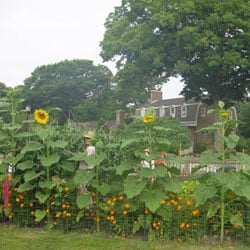
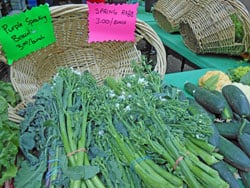
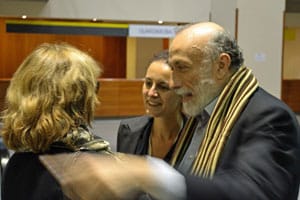
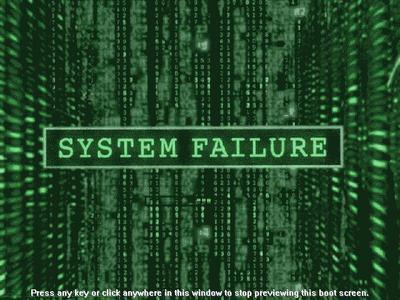
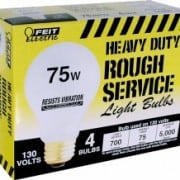
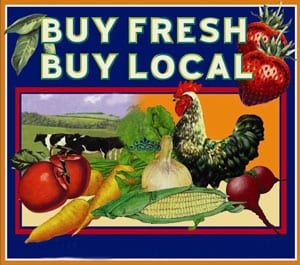
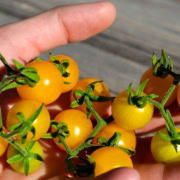
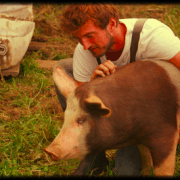
Leave a Reply
Want to join the discussion?Feel free to contribute!